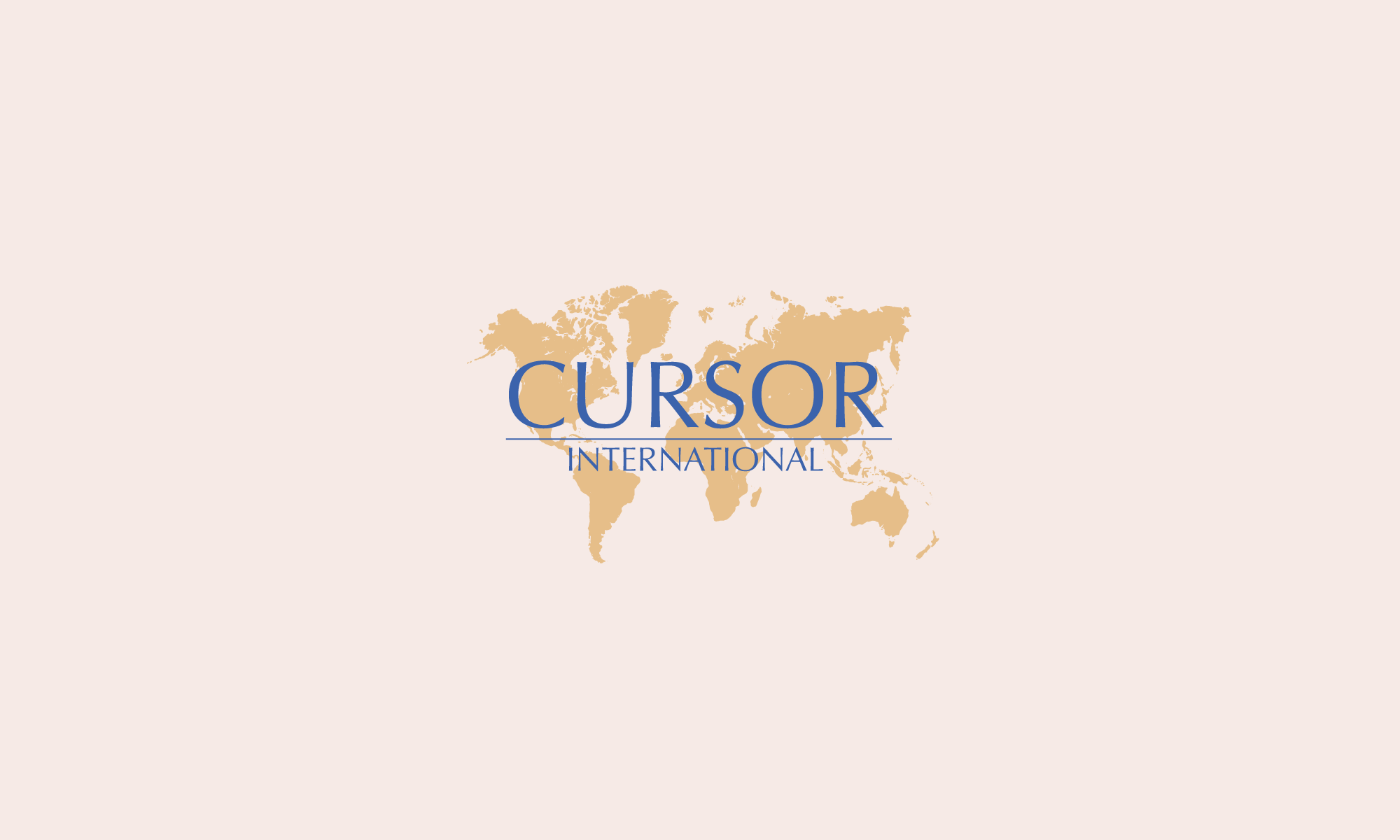Iraq’s economy is gradually recovering from the twin shocks of the pandemic and collapse in oil prices in 2020. Both oil and non-oil growth are on track to reach their pre-pandemic levels as oil production increases and the easing of COVID-19 restrictions restores domestic economic activity.
Fiscal and external deficits are back to surpluses as oil prices continue to surge. Growth in the medium term is projected to be driven by the oil sector as OPEC+ production cuts are phased out. The outlook remains subject to significant risks including uncertainties relating to the impact of geopolitical tensions, the ongoing pandemic, security challenges, and climate change.
Recent Developments
Iraq’s economy is gradually rebounding following the deep economic strains of the COVID-19 pandemic. Real GDP is estimated to have edged up by 1.3% in 2021, after a sharp contraction of 11.3% in 2020. The rebound was mainly driven by the non-oil sector which grew by 6% in 9 months of 2021-2021 year-on-year (y/y), underpinned by a strong performance of the high contact sectors including transport, accommodation, and retail sectors.
However, agriculture and construction contracted by 17.5% and 36.8% respectively, following severe droughts, energy outages, and the rising global price of inputs. In 9M-2021, oil GDP contracted by 4%(y/y) as Iraq adjusted its oil production as per the OPEC+ agreement. Headline and core inflation edged up to an average of 6% and 6.6%(y/y) in 2021, respectively, following the 23% devaluation in December of 2020 and the gradual recovery in domestic demand.
Outlook
The turnaround in oil markets has significantly improved Iraq’s economic outlook in the medium term. Overall growth in 2022 is now forecast at 8.9% as OPEC+ quotas end and Iraq’s production surpasses its pre-pandemic level of 4.6 mbpd. Growth in the outer years is projected to remain modest at 3.7% on average as oil production moderates.
Non-oil GDP growth is projected to converge to its long-term potential growth trend in part aided by higher investments that would be financed through the oil windfall. However, growth is forecast to remain constrained by the economy’s limited absorptive capacity and other inefficiencies.
Click here to download the full report.
(Source: World Bank)
The post Iraq’s Economic Update — April 2022 first appeared on Iraq Business News.
